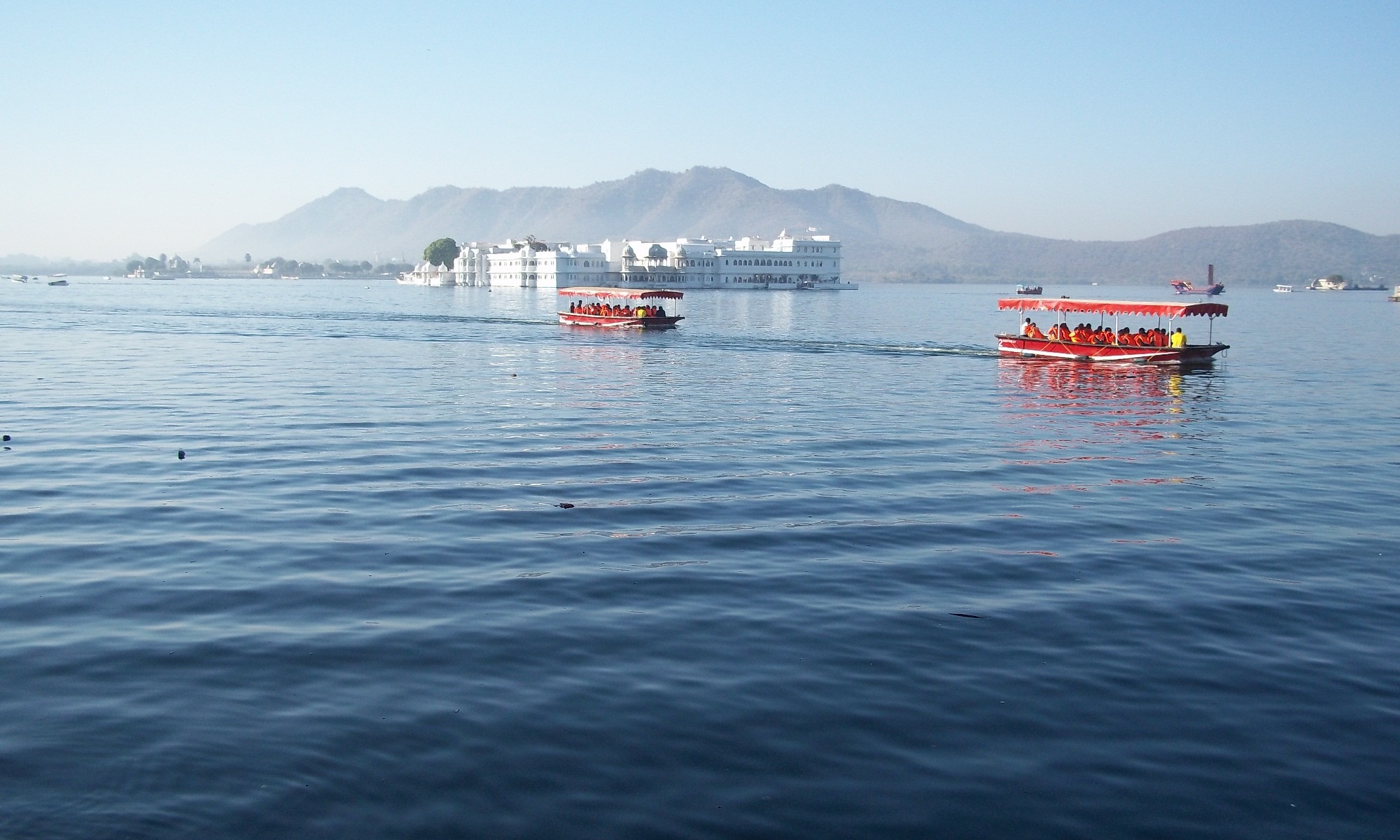Capital: Yangon
Area: 678,500 sq km
Population: 47.7 million
Religion: 90% Buddhist, 4% Muslim, 4% Christian, 2% others
Languages: Burmese, with some English spoken in the cities
Time: +6.5 hours (GMT)
Currency: Kyat
International Dialling Code: 00 95
Driving: Right side drive
Currency:
Local currency in Burma is the Kyat. The current market exchange rate is about 1000 Ks to the US Dollar. The best form of currency to take on your trip is US Dollars, in cash. Please seek assistance from our local guides in converting your foreign currency into local currency at free-market rates. When on your own, avoid changing currency outside your hotel. It is advisable to exchange small quantities at a time as any unused Kyat cannot be reconverted back into foreign currency upon departure. A few hotels in Burma accept Credit cards and Dollar Travellers cheques, usually with a hefty surcharge. These facilities tend to get revoked without prior notice so should not be relied on for funds during your stay. There are no ATMs in Burma.
Food:
Cuisine in Burma has strong Indian, Chinese and Thai influences, with plenty of fresh, spicy flavours and wonderful snacks. Rice is the main staple and usually served with curry. Beef and Pork is consumed to a lesser degree than neighbouring Thailand and China, due to religious preferences. Seafood is popular in the coastal areas and freshwater fish and shrimps are common in the more inland areas. Burmese cuisine also contains a variety of salads centred on one major ingredient, ranging from rice, noodles, glass noodles, vermicelli, to potato, ginger, tomato, pickled tea leaves, and ngapi or fish paste. These salads are popular as fast foods in Burmese cities. You will also find Western alternatives available at many restaurants and hotels.
Healthcare:
We recommend you carry with you a small supply of basic health care medication such as travel sickness tablets, anti-diarrhoea tablets, antacids for indigestion, insect repellent, sun creams and selected antibiotics after discussion with your doctor. Some of these items may be difficult to find in Burma and the security provided by brands one is used to is reassuring.
Climate:
Burma has three distinct seasons, with the dry and cool winter months from November to March. Temperatures start to rise in early March and it can get up to 40º C in Yangon, remaining this way until the rains, which start in May and last until October. Mandalay and upper central Burma remain drier during July to September.
Clothing:
The hill stations of Kalaw and Maymyo in central Burma tend to be cooler and warm clothing should be carried if travelling in November to February.
In general, during the day it is best to wear light, comfortable cottons with a pair of good ventilated walking shoes. If your trip to Burma includes stops at beaches and mountainous areas, you will need clothes for all temperatures. A swimsuit, sunglasses, a hat, t-shirts, shorts that are not too revealing, long trousers, some light-weight, long-sleeved tops and a light jacket that is wind and rain-resistant will get you through most trips.
At the monuments and pagodas, it is advisable to avoid sleeveless tops and short skirts. You may also be asked to remove your socks and shoes. Slip-on shoes or sandals are useful for visits to pagodas.
Most hotels, including the more exclusive ones, do not insist on formal wear in restaurants and smart casuals are acceptable.
Shopping:
Burma provides great opportunities for shopping, including beautiful taperstries and fabrics, its famous laquer-ware, silk clothing, painted umbrellas, silverware, woodcarvings, puppets, jewellery and gemstones (particularly Burmese rubies), Shan bags and much more.
Voltage: The electric voltage in Burma is 220 volts and pin holes are round.
